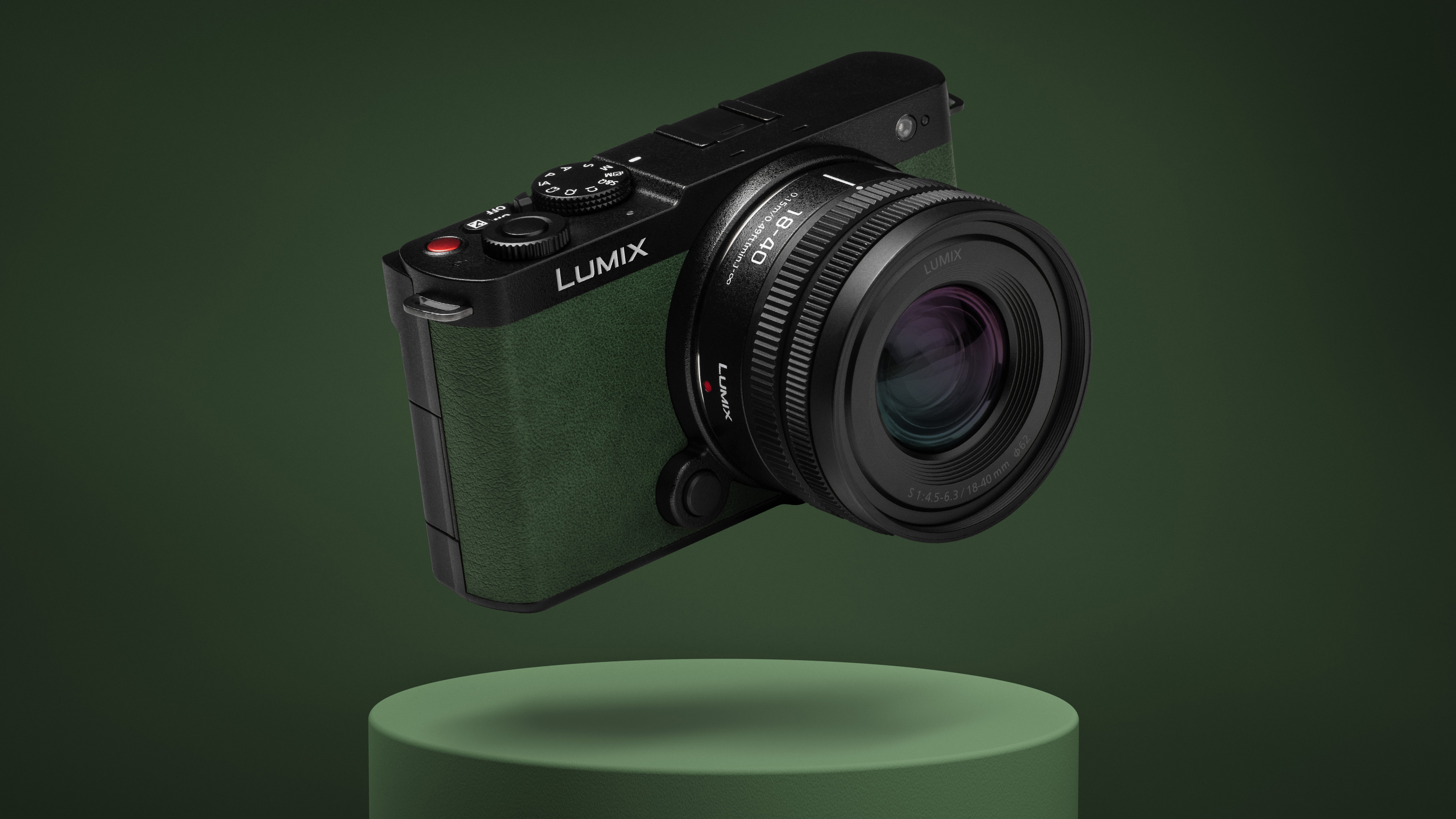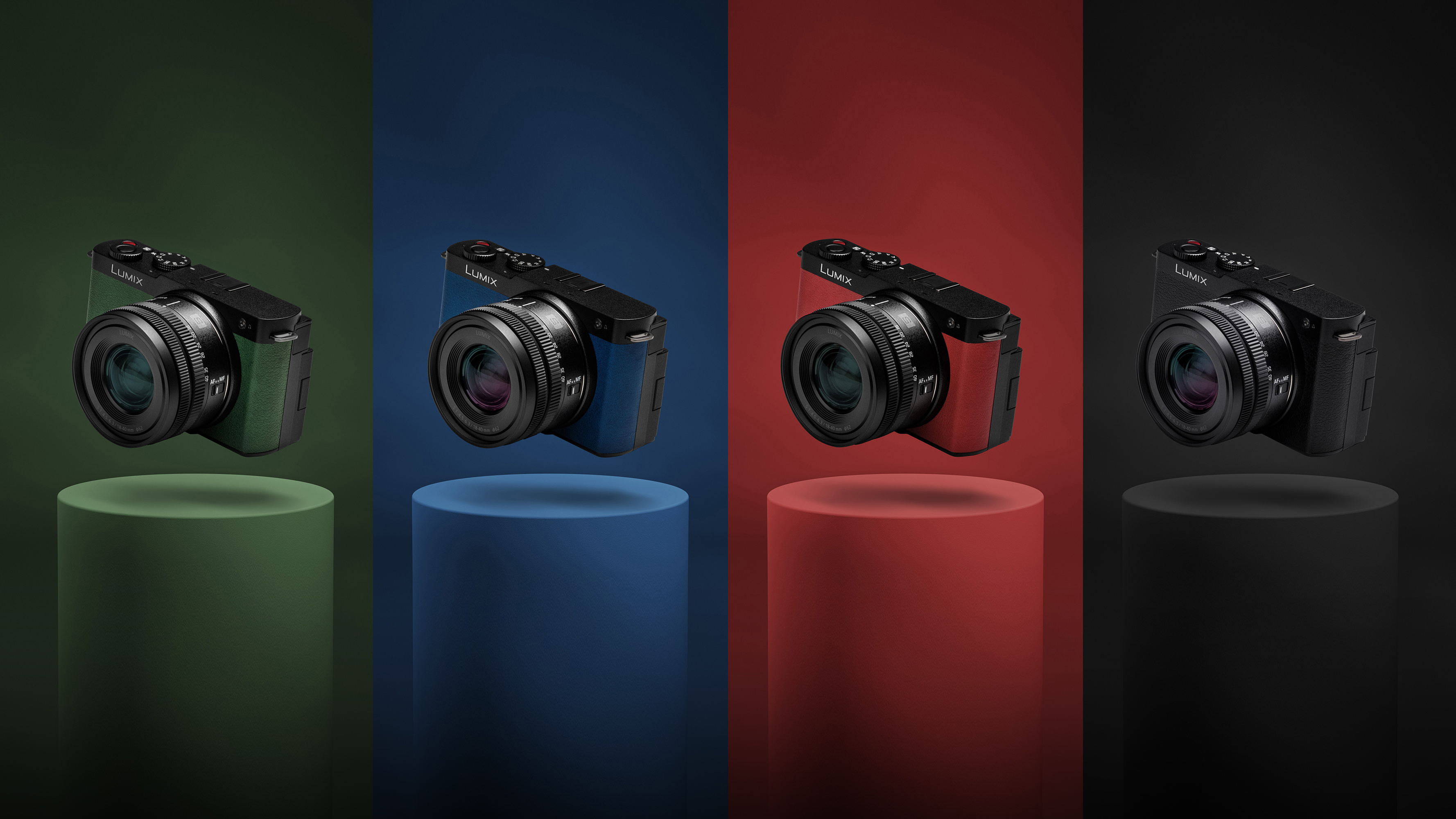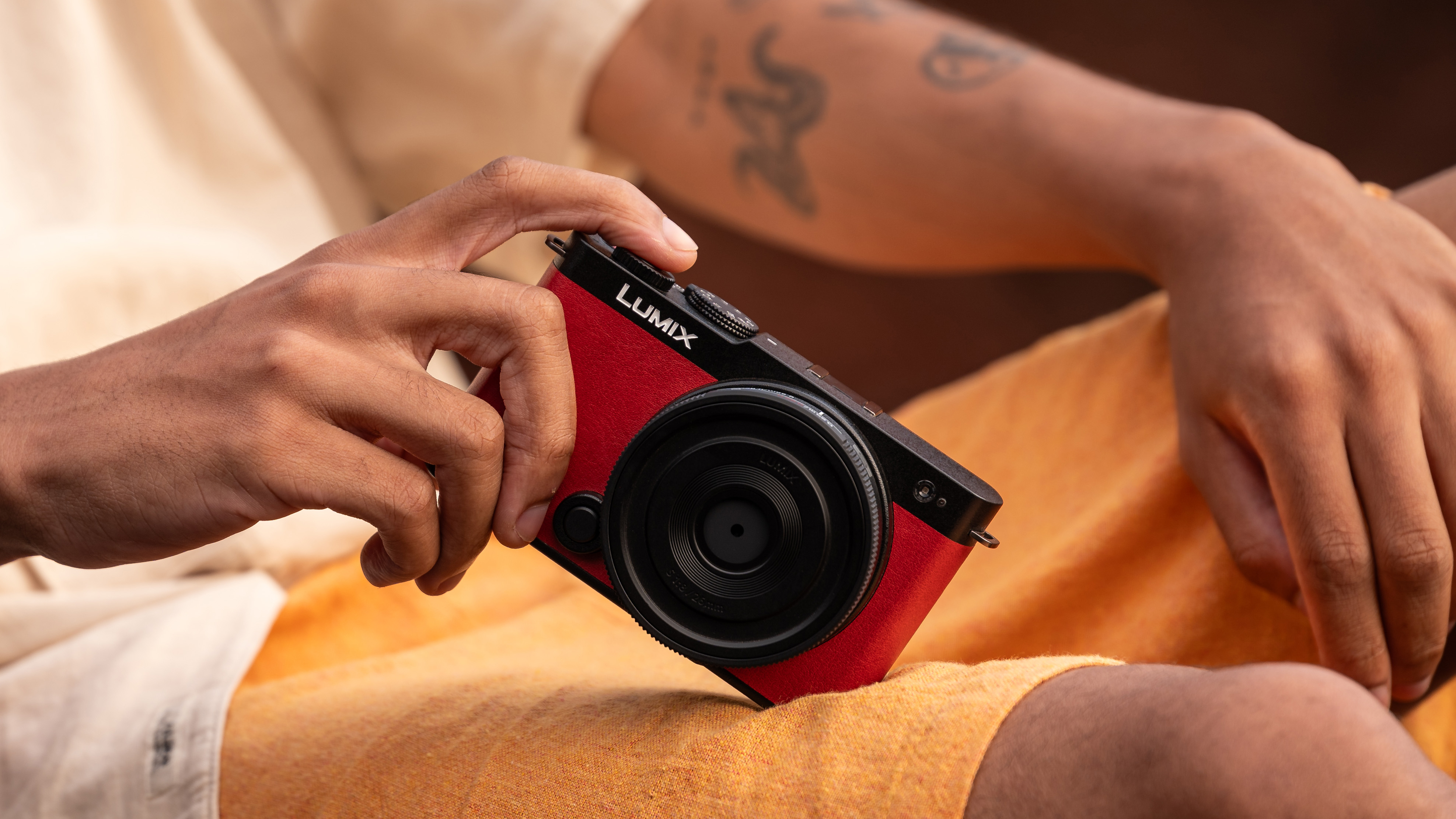Panasonic’s new full-frame Lumix S9 is smaller than a Fujifilm X100VI, but does it have the same appeal?
Paired with a new app, the S9 should make sharing high-quality content easy

Panasonic has announced a new full-frame mirrorless camera that's unashamedly targeting content creators, the Lumix S9. It has a compact and vibrant design, plus its own and arguably more sophisticated version of Fujifilm's Film Simulations: Real Time LUTs.
The Lumix S9 is also Panasonic's smallest-ever full-frame L-mount camera, smaller than the Fujifilm X100VI and similar in size to the Sony A7C II. It'll hit the shelves alongside a new 26mm F8 pancake lens, while a new 18-40mm f/4.5-6.3 compact zoom has also been unveiled as in development.
In addition to the new hardware, a new dedicated Lumix Lab app has hit iOS and Android stores. Compatible with the Lumix S9, it's designed to make image uploads, edits and sharing content from your Lumix camera quick and easy.
We've already spent a little time with Panasonic's new camera and we'll share if the all-new full-frame shooter hits the mark in our Lumix S9 hands-on review shortly.

The Lumix S9 is available from June 2024 in four colors (see above): Dark Olive, Classical Blue, Crimson Red and Jet Black, and costs $1,499 / £1,499 / AU$2,699 body-only, while the new 26mm f/8 pancake lens, which only weighs 2.04oz / 58g, costs £219 / AU$349 and also ships from June 2024.
There's no word yet on bundled pricing with either of the newly announced lenses, but you can buy the Lumix S9 with the dependable 20-60mm f/3.5-5.6 for $1,799 /£1,799 / AU$3,299, or Panasonic's recent travel lens, the 28-200mm f/4-7.1, for $2,249 / £2,249. Australian pricing for the latter is TBC.
The body-only price makes the Lumix S9 Panasonic's cheapest full-frame camera at launch, and it comes with much of the same tech as the Panasonic Lumix S5 II – which we rated as the best video camera of 2023 – including 24.2MP stills, open gate 6K video recording and superb image stabilization. There's much to like about the Lumix S9, but as a new type of Lumix camera, how does it fare?
Get daily insight, inspiration and deals in your inbox
Sign up for breaking news, reviews, opinion, top tech deals, and more.
Lumix S9 analysis: very much a first-gen model
Concept-wise, the Lumix S9 is a little like the Sony ZV-E1; it packs sophisticated video features from a DSLR-style sibling, into a smaller, viewfinder-less body. The ZV-E1, which we think is one of the best vlogging cameras around, borrows a lot of its tech from the pricier Sony A7S III and adds AI smarts for YouTubers, while the Lumix S9 is like a fun, mini Lumix S5 II.
Panasonic has gone for an eye-catching design to appeal to the TikTok generation, making the new model available in four colors. It has also created a dedicated Lumix Lab app with quick and easy image uploads, edits and sharing, that could help you avoid the computer altogether.
In addition to the app, Panasonic has created a new MP4 Lite video format that's around 40% smaller than MP4. Getting files quickly off a camera is the age old problem that 'proper' cameras have, usually being awkward and slow to connect, with unmanageable file sizes. Panasonic thinks it has the solution for getting your content quickly online with the Lumix S9 and Lumix Lab app.

The Lumix S9 also has a direct Real Time LUTs button, which gives you access to a number of color profiles (LUTs) available in the app, including your own recipes and those in the app gallery.
We've seen something similar in the new Fujifilm X-T50, which packs a film simulation dial. However, Panasonic's Real Time LUTs have the upper hand over Fujifilm's Film Simulations because you can apply any look or recipe (LUT) you like, without being limited to just tweaking existing simulations in your camera.
There's a lot to like about the Lumix S9. However, all things considered, I believe the Lumix S9 should've been a fixed-lens compact much like the X100VI, and not an L-Mount interchangeable lens camera.
The system lacks truly tiny native lenses, besides the new pancake lens, and I think the target audience won't want to mess around with too many lenses, and certainly ones that are too big relative to the Lumix S9's body, which is most of those currently available. The camera also lacks a viewfinder which would otherwise make viewing scenes in bright light easier.
The Lumix S9 makes sense in many ways, but it won't be for everyone. You will be able to read more about our experience in our Lumix S9 hands-on review, coming really soon.
You might also like

Tim is the Cameras editor at TechRadar. He has enjoyed more than 15 years in the photo video industry with most of those in the world of tech journalism. During his time as Deputy Technical Editor with Amateur Photographer, as a freelancer and consequently editor at Tech Radar, Tim has developed a deeply technical knowledge and practical experience with cameras, educating others through news, reviews and features. He’s also worked in video production for Studio 44 with clients including Canon, and volunteers his spare time to consult a non-profit, diverse stories team based in Nairobi. Tim is curious, a keen creative, avid footballer and runner, and moderate flat white drinker who has lived in Kenya and believes we have much to enjoy and learn from each other.